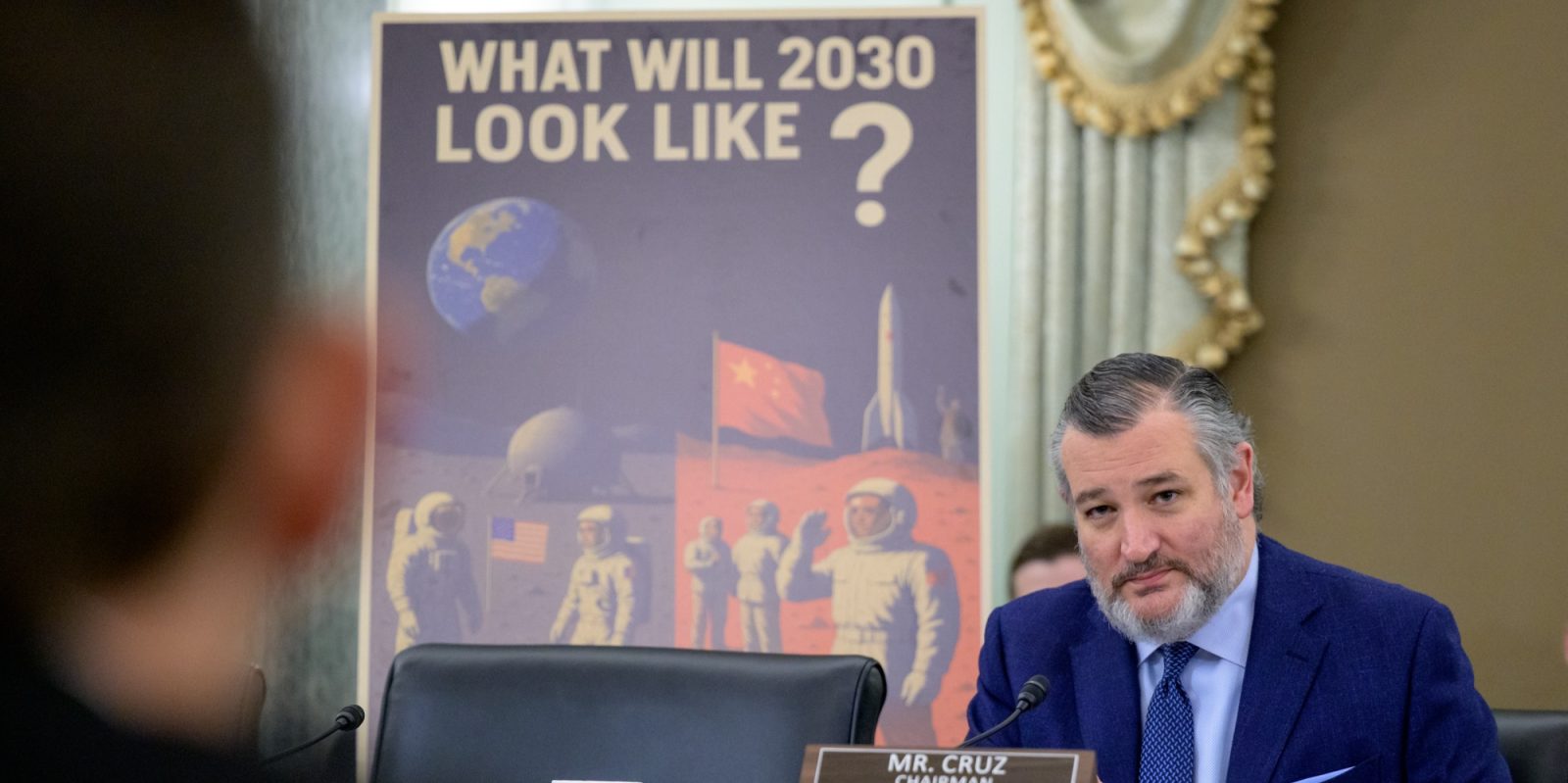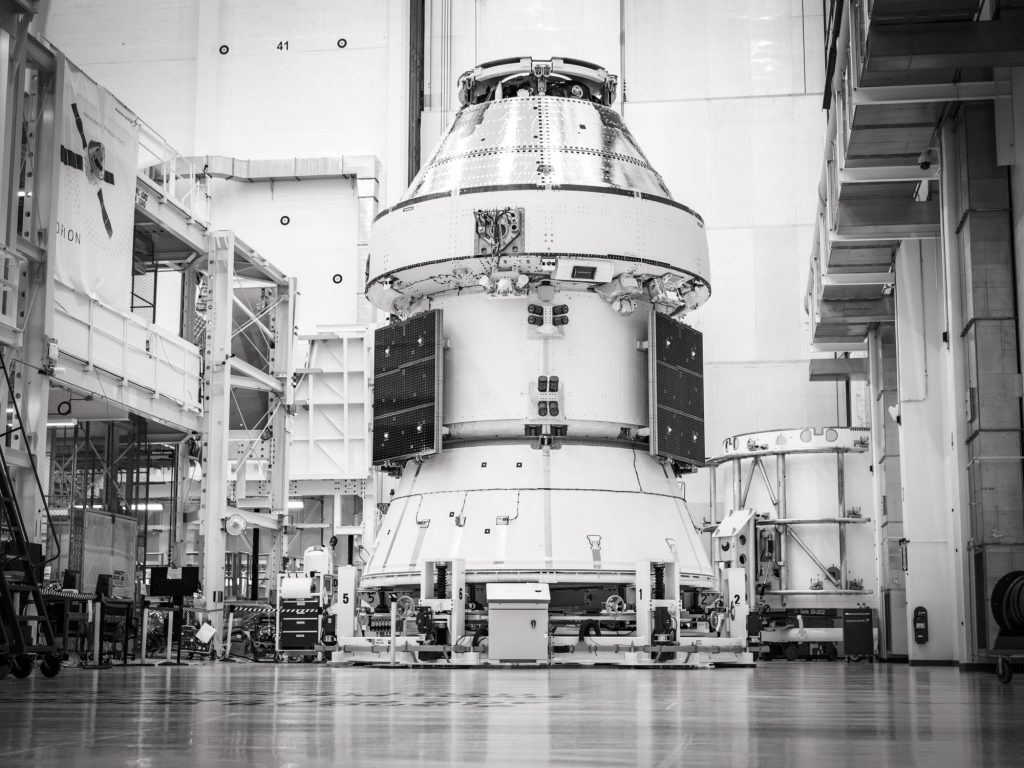
Apple TV’s For All Mankind original series portrayed an alternative timeline of our own: what if the Soviets made it to the Moon first? That simple question, with storytelling rooted in actual science, was supposed to have fun at a time that could have been, but might have actually precluded a real-world reality.
In For All Mankind’s timeline, the Soviet Union landed the first man on the Moon in 1969, followed by NASA later that year. This simple switch in the timeline threw the entire Space Race on its head, with NASA needing to one-up its political rivals with a lunar base.
In reality, the Soviet Union gave up on beating the Americans to landing a man on the Moon and instead focused on robotic missions to the Moon, Mars, and even Venus. The success of Apollo 11 and the failure of the Soviet Union to compete culminated in a reduction in NASA funding and the eventual cancellation of the Apollo program after Apollo 17.
However, in For All Mankind’s world, NASA’s funding increased, and the “Race for the Base” began. This led to Jamestown’s landing at Shackleton Crater, a real and potentially scientifically important crater, in 1973.
Back in reality, NASA is preparing to finally attempt its own version of For All Mankind‘s season one objectives with a mandate from Congress to return to the Moon and set up a permanent presence in cis-lunar space, which includes either the Moon’s surface or an orbit around it.
The Artemis Program, organized and named under President Trump’s first administration, is NASA’s flagship program to make that a reality. Using both legacy defense primes and new commercial companies, the agency hopes to launch its first crewed mission around the Moon in 2026, with a landing in 2027. Although, as with all government projects—specifically with NASA—those deadlines could slip.

President Trump is also interested in canceling the entire program for a new program to skip the Moon and go directly to Mars. This is also SpaceX CEO and close advisor to the President, Elon Musk’s goal as well. However, federal law as it stands right now directs NASA to fund programs to return to the Moon.
This all came to a For All Mankind-like meeting point during Jared Isaacman‘s confirmation hearing in front of the Senate Commerce, Science, and Transportation Committee. Ted Cruz, Senator from Texas and chair of the committee, is a die-hard supporter of NASA’s Artemis program and presented two options for Isaacman: a scenario where NASA is beaten to the Moon by China, or one when NASA returns first.
China, the new stand-in for geopolitical pressure, is also planning its return to the Moon. In contrast to NASA, its agency has a high track record of funding its programs and meeting its schedules. The nation plans to land its first astronauts on the Moon before 2030 and could even do it earlier.
Both the United States Congress and China hope to secure a lunar base, potentially in the Lunar South Pole where Shackleton Crater lies. There, a potential source of hydrogen for nuclear fusion reactors could be harvested and sent back to Earth for unlimited clean power. However, it won’t be known for certain until the region is better explored.
For now, Congress has entered its For All Mankind era of fighting to ensure America gets to the Moon first, sets up a permanent presence, and can set the norms for operations before China does. But Congress will first have to fight the White House over its reported high cut to NASA’s budget and potential changes to NASA’s Moon programs.
FTC: We use income earning auto affiliate links. More.




